Last time on D’oh, I talked about what an interior designer does and how one can help plan your project. We hired an interior designer to help us with our upstairs loft space. Once we have a plan, a range of other things will fall into place — most immediately, the amount of attic insulation to install before it gets stupidly cold outside.
We had our first meeting with the designer this week, and discussed our goals, preferences and budget — all things you should be prepared to discuss when you bring in a designer. This time, I want to talk more about the basics of the relationship.
(Looking for designers to try? Ask friends for referrals. Look for work you like on Houzz or other sites. Or the American Society of Interior Designers has a “find a designer” tool.)
1. Is This The One?
The first part of the relationship is pretty subjective — do you click with the designer? You’re not looking for a BFF, but do you communicate well? Does he or she understand what you want to accomplish? How comfortable do you feel?
We didn’t have to talk to lots of designers — we were referred to our designer, and we liked her — but don’t feel shy about talking to a few different people. Just let each one know that you are looking for someone for the job, and don’t sign up for services (in writing or in principle) until you find someone you feel you can work with well.
When you are checking in with designers, look at their portfolios. I like our designer’s portfolio because it shows before-and-afters of various rooms, all with improved function but with a huge range of decors. The finished decors clearly reflected the individual tastes of the owners rather than the designer’s preferences, but the rooms themselves flowed better regardless of the style decisions. You may feel more in tune with someone who specializes in a certain type of room or decor. It’s up to you!
But don’t get too subjective — also find out about the designer’s qualifications. Is he or she licensed or accredited? Currently? Where did the designer train? Does he or she have references you can check? You can also look at reviews or issues on Angie’s List or at the Better Business Bureau, among other sites.
2. Project Scope
There are so many things a designer can do for you! Do you want a consultation? A completed floorplan with elevations? Assistance with sourcing furniture and fixtures from “to the trade” sellers? Total project management, including working with a contractor? An interior designer can do any or all of those things, or some combination thereof. Since there are so many options, though, be clear about what it is you want.
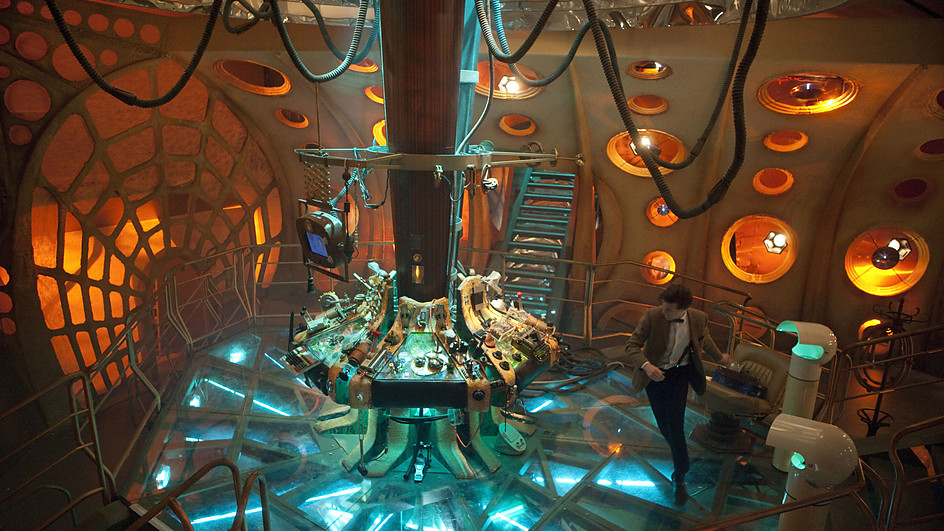
YES, I said I wanted it to be bigger on the inside, but I did NOT ask for embedded neon flooring or wormhole access. That’s WAY outside the specs.
In our case, the designer is prepping a floorplan with a few different options. She will include a few elevations (technical drawings of the space as designed). Then we’ll have an extended consultation to discuss the plan. If that consultation triggers new ideas for us, we may ask her to do some further related work, but otherwise, we’ll be done. Then we can take the plan and figure out how to pursue it on our own or with a contractor. Of course, we could always go back to her later and ask for more services if we get into a pickle.
3. Design (and Project) Budget
Once you have the scope of the project nailed down, think through the budget piece. Besides being able to do a bunch of different things, interior designers can also bill in a variety of ways. They can charge:
- Hourly, starting around $50 and going up from there (sometimes dramatically!). Be aware that this may include the designer’s travel time. Hourly work can be very affordable, but find out what’s included under any proposed hourly model.
- A flat fee covering all services defined for a specific project.
- A percentage of what you end up paying for fixtures and construction services.
- Cost-plus, where the designer buys all the materials and furnishings for your project at wholesale and then charges you retail and keeps the difference. (If you go this route, make sure that difference is fully disclosed.)
Under any of these models, you need to know how expenses will be dealt with, and which ones are separately billable to you. A flat fee isn’t very flat if there are a load of expense billings on top. Thinking through these items in advance can prevent unpleasant surprises.
The scope of your project (and your pocketbook) drives billing. Cost-plus makes no sense if the designer isn’t sourcing anything for you! To be fair to your designer, be clear about your budget, both for the design and for the project at large. They don’t want to design something you can’t afford, and they do count on getting paid, so don’t be coy! In our case, we’re proceeding hourly, but we have an estimate on the total number of hours and a not-to-exceed amount.
3. Making it Official
You loooove your designer! Your designer looooves your project! So seal the deal! Get a written contract.
For some reason, people hate to ask for things in writing, so let me reach across into one of my other incarnations: I deal with contracts in my day job. Every day. So trust me and my long, sad experience: when it comes to a disagreement or billing issue, folks never remember an oral agreement the same way. Plus, a handshake deal never has the details — stuff like expenses and timeline.
Fortunately, a professional designer will (or should) have a standard form that he or she uses that summarizes terms and conditions for the relationship — check to see how it defines the fee structure, expenses and deadlines. If there’s anything you are unsure about, ask if you can write it in before signing. Make sure you get a copy! Don’t pay for anything or allow work to start until you have the project documented.
Make sure the project at hand is well-defined in the agreement, as well as your hot-button issues (specific deadlines for the designer if you need plans by a certain date, for instance). We’re not talking about a super-involved document — just something that gets everyone on the same page.
A final word from my day job experience: If a problem comes up later, don’t immediately go to the dark side! You clicked with this person originally, right? And most people are basically reasonable. Go back to the designer with an open mind and ask what the hell they were thinking! constructively tell them how and why you are concerned or confused. Then let the designer respond. It’ll be fine! Probably!
Do you have other tips for working with an interior designer or any home improvement vendor? Other movie or television stills of weird design issues? Please share your knowledge in the comments!
(Did you miss Part 1? Check it out here. And UPDATE! See what the designer came up with in Part 3!)


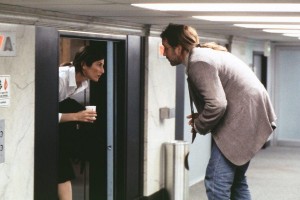
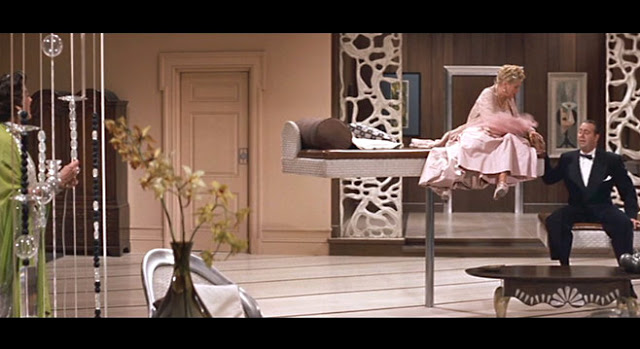
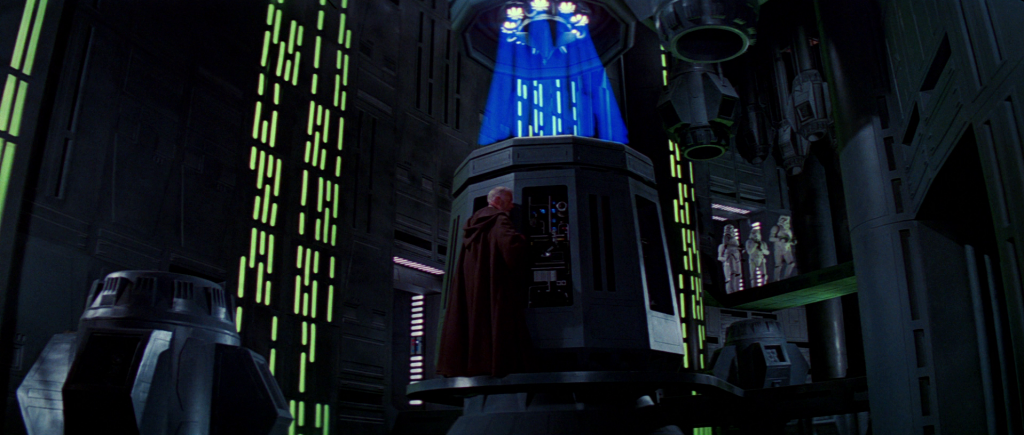
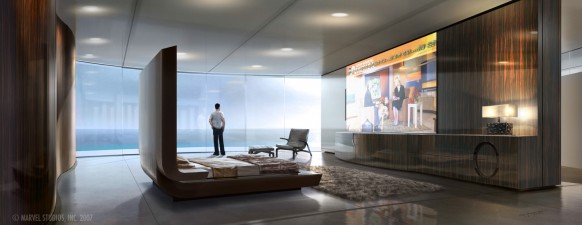

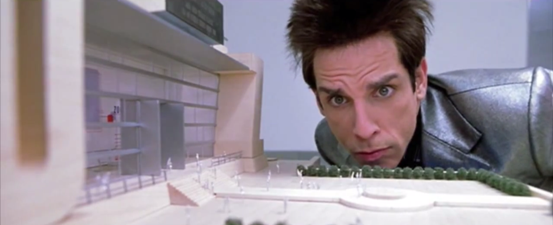


2 Responses to You Should Seek Professional Help: Interior Designers (Part 2)